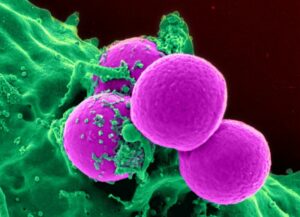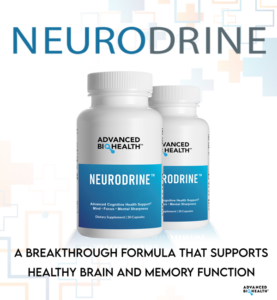How do neurons create memories?

This article explores the latest scientific theories on how memories are formed, stored and recalled in the human brain.
Neurons explained
The neurons in the body pass information along and each neuron is specialized to perform a specific function. The pain sensation can be transmitted through some neurons and touch can be transmitted by others. The central nervous system is responsible for processing information and coordinating the activities of the body, whereas the peripheral nervous system transmits information between the central nervous system and the rest of the body.
Neurons will create electrical impulses and pass them on to the next, allowing that impulse to reach its destination. Neurons are able to change their responses (i.e., create memories) by changing their structure.
Why do neurons form memories?
Neurons in the brain store memories. This is achieved by an electrical impulse that’s sent to the neurons. Signals are amplified when someone has a strong emotional reaction to something. Emotionally charged memories are often the strongest and most permanent memories in a person’s life. Synapses are strengthened when you learn new things, making it easier for those neurons to fire together. This is called long-term potentiation (LTP).
The human brain stores memories by linking them to other, previously acquired memories. While we know of the function sleep plays, there are many details still to be uncovered about how our brains store memories.
How memories are different from each other
There are three distinctly different types of memories: sensory, short-term, and long-term. Sensory memories only last a few seconds. Short-term memories are in our head for a little longer period of time and can still be forgotten easily. Long-term memories last much longer than the others and are stored away in our brains so they are hard to forget. Each sense has a specific sensory memory called iconic, echoic, haptic, olfactory, or gustatory memory. Sensory memory is passed on through our senses and travels to the brain.
Neurons are the key components that allow memories to form. Short-term memories are placed in our brains for a few minutes so we can recall them. Short term memory can hold approximately 7 pieces of information, which is partly why phone numbers are 7 digits in length. Long-term memories can last for years or even decades.
We are not sure how exactly neurons form memories, but we do know that they play an important role in remembering the past and learning from it. In our brains, synapses are connections between neurons that store memories for the long term. Long-term potentiation is when neurons create connections that are strengthened. This is how memories are stored in your brain. Synapses become stronger as more and more connections within your brain are made.





